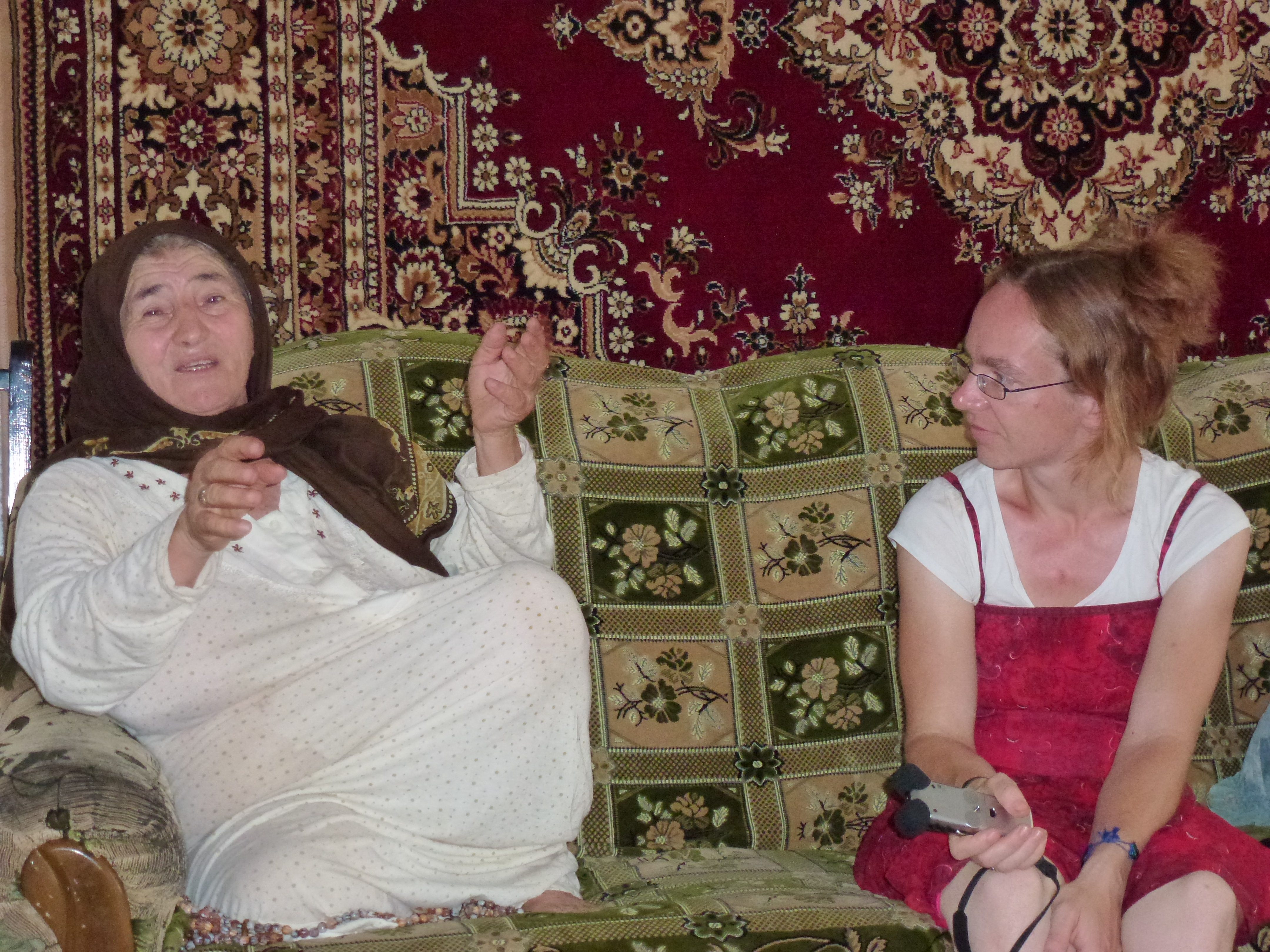The Caucasus is the place with the greatest linguistic variation in Europe. It is an area with high genealogical and high structural diversity. Within the Caucasus, Daghestan is the area with the largest number of languages.
The autochthonous languages of the Caucasus belong to three families: North-West Caucasian (or Abkhaz-Adyghe), North-East Caucasian (or Nakh-Daghestanian) and South Caucasian (or Kartvelian), with probably no genetic relationship between them. Besides these so-called “Caucasian languages” there are a number of languages from other families spoken in the Caucasus, among them many in Daghestan, e.g. Indo-European languages like Armenian, Ossetic, Talyshi, Tat and nowadays Russian, or Turkic languages like Azerbaijani, Kumyk, Karachay-Balkar and Noghay.
In this project, our aim is to document two languages belonging to the Dargi subbranch of the North-East Caucasian language family – Shiri and Sanzhi. Both languages are now highly endangered due to a number of social and political processes in the last century. They have been originally spoken in eponymous villages, but Sanzhi is now abandoned, and Shiri is inhabited by no more than 10 households, only half of which are locals. Today, most speakers of both languages are dispersed among multilingual lowland communities. This leads to an almost complete lack of language proficiency among the younger generation, and the loss of traditional cultural identity.
Figure 1: Zulejkhat Kalilova, a speaker of Sanzhi Dargwa
Figure 2: A woman carrying water in the village of Shiri




